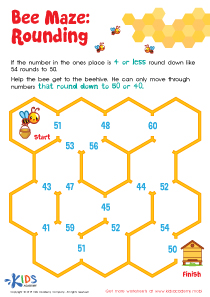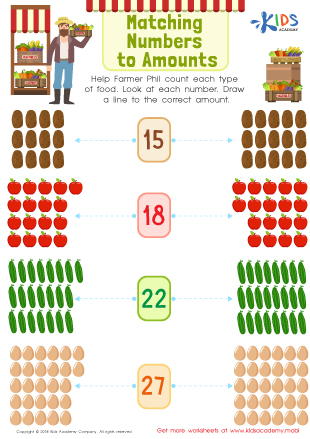Counting skills Numbers 11–20 Worksheets for Ages 6-7
5 filtered results
-
From - To
Enhance your child's numeracy skills with our "Counting Skills Numbers 11–20 Worksheets" designed for ages 6-7. These engaging worksheets help young learners practice counting, recognizing, and writing numbers from 11 to 20 through fun activities and exercises. Ideal for developing basic math foundations, each worksheet reinforces number sequences, improves counting accuracy, and boosts confidence in handling numbers beyond 10. With colorful illustrations and diverse tasks, children stay motivated and absorbed as they master counting skills essential for future mathematical success. Perfect for both classroom and home learning, these worksheets make counting a delightful and educational experience.


Counting Fun Worksheet
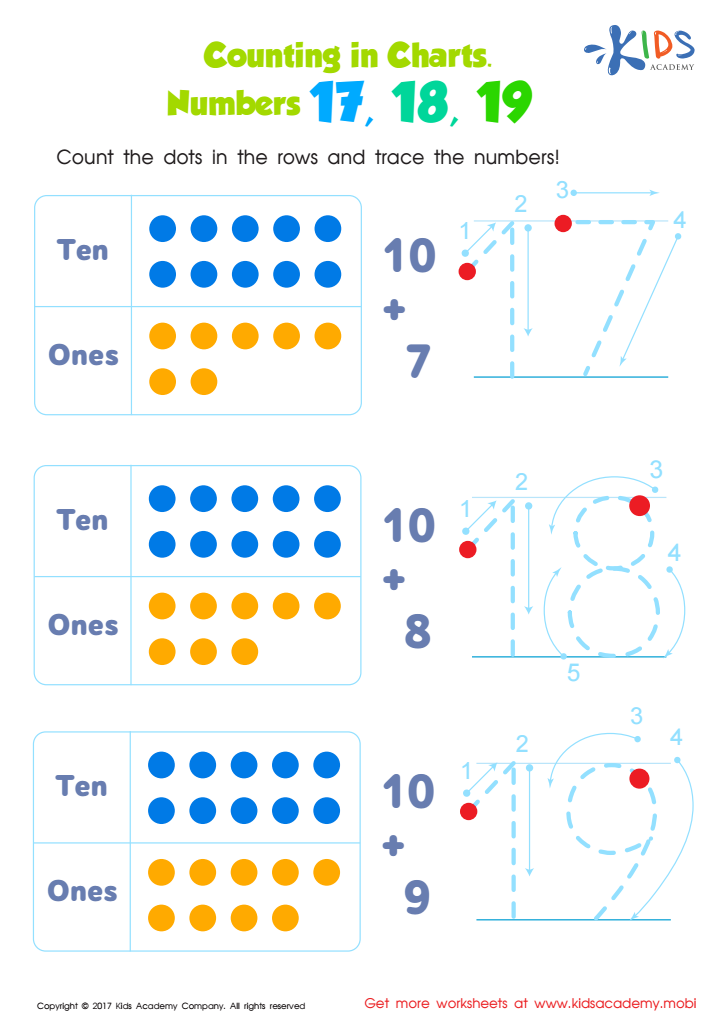

Kindergarten Number Tracing: Counting in Charts Worksheet
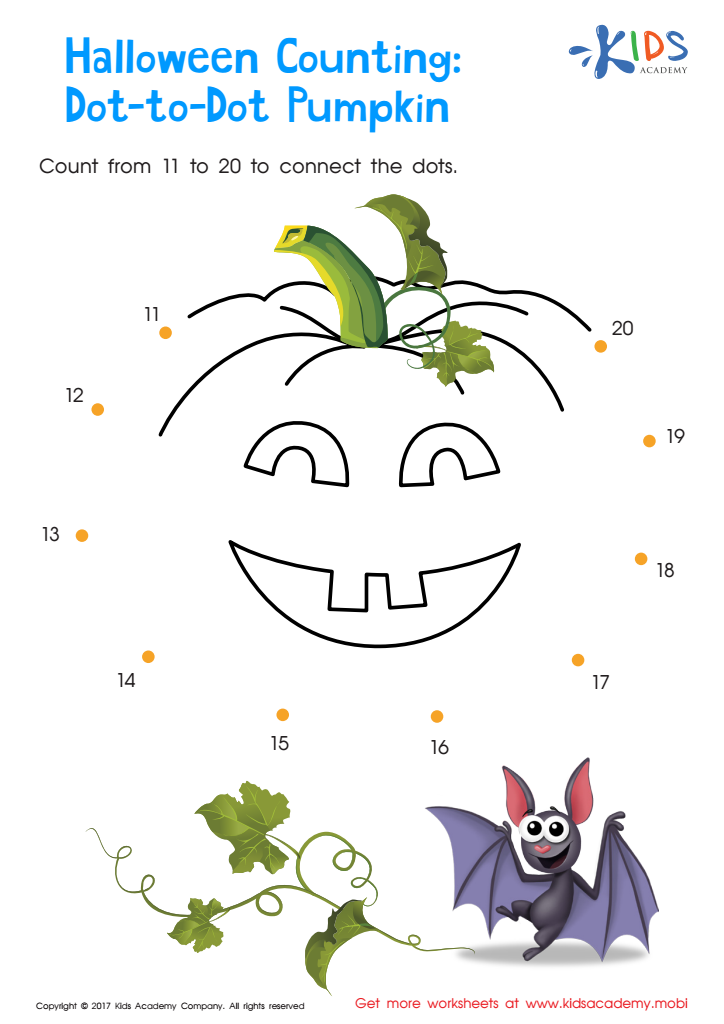

Ordering 11–20: Halloween Counting Worksheet
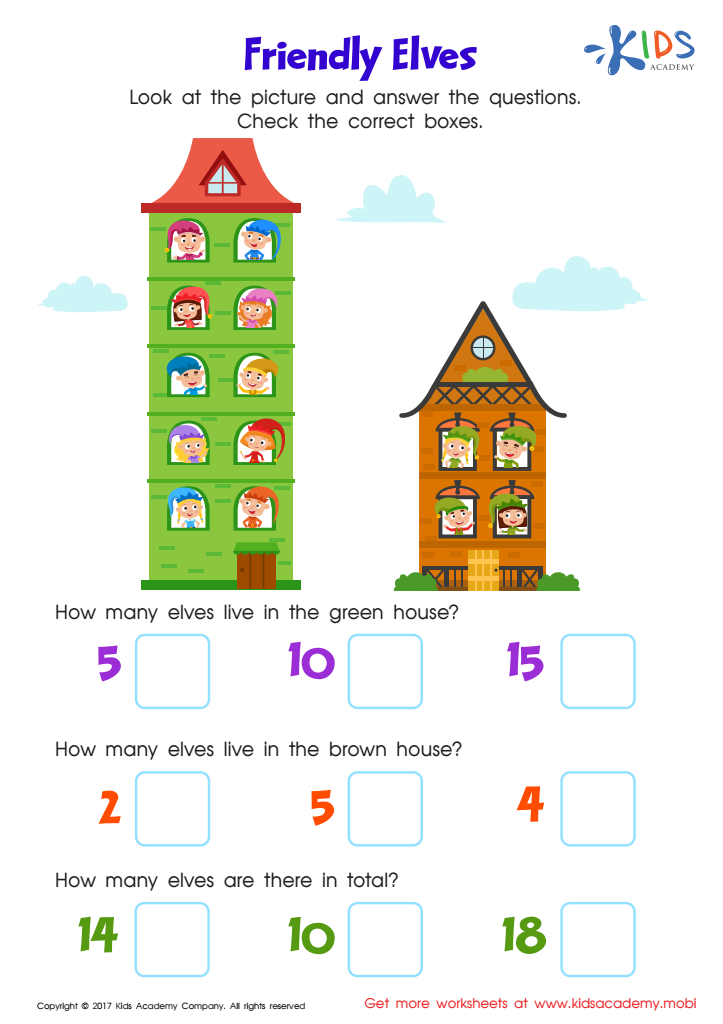

Place Value: Friendly Elves Worksheet
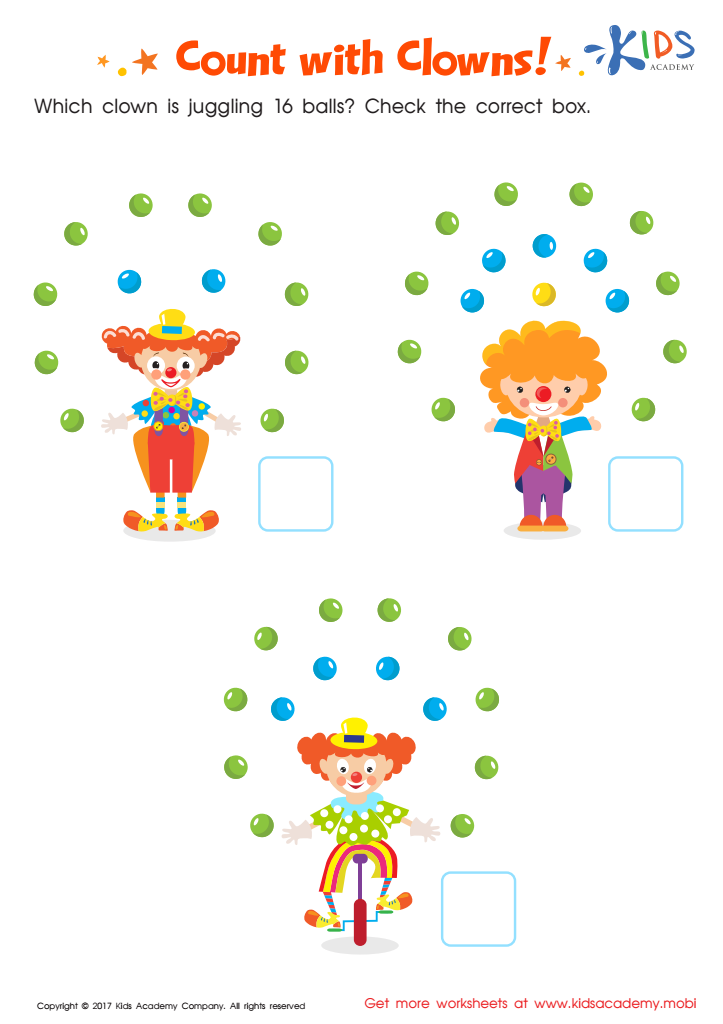

Count with Clowns Worksheet
Counting skills for numbers 11-20 are foundational in a child's mathematical development and play a critical role for children ages 6-7. This age falls within a pivotal time when many students transition from simple counting to more complex number recognition and arithmetic. Mastering the numbers 11-20 prepares children for future math challenges such as addition, subtraction, and even basic multiplication tables.
Firstly, understanding these numbers helps solidify the concept of the "teens", an area of common confusion due to the irregular naming pattern in English. Developing these skills ensures that children can confidently identify and work with these numbers.
Secondly, strong counting skills contribute to a child's overall number sense—their ability to manipulate and understand numbers. Number sense is crucial for later problem-solving and critical thinking skills in mathematics.
Moreover, discerning and counting these numbers allow children to seamlessly move into groupings and patterns, including recognizing place value. Kids begin to understand that in the number “13”, the '1' stands for one set of ten. This is a significant step in grasping two-digit numbers and aids in laying the groundwork for arithmetic operations and fractions.
Parents and teachers should therefore ensure children possess a firm grasp of counting from 11–20 to facilitate smoother academic progress and boost their confidence in math.
 Assign to My Students
Assign to My Students



